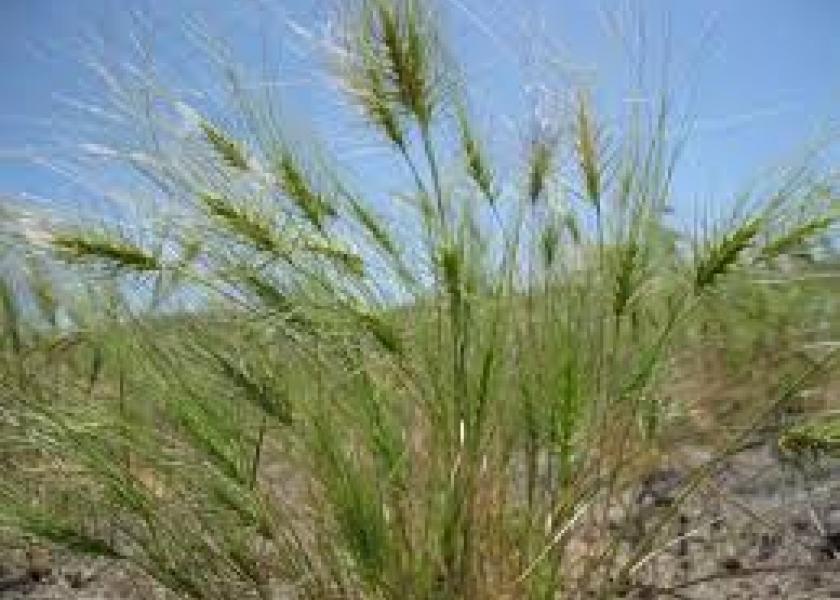Study Shows Optimal Way to Control Invasive Medusahead

Matt Rinella, a USDA-ARS scientist in Miles City, Montana has a paper out that describes how a novel, inexpensive approach can be used to manage medusahead, which is a major problem on millions of acres of pasture in the western United States used for grazing beef cattle.
As background, medusahead has invaded about 5 million acres of pastures in the western U.S, and another 25 million acres are considered at risk of invasion. By crowding out key forage grasses, medusahead can reduce the ability of pastures to support livestock by up to 80 percent.
Rinella and his colleagues focused on the potential for using Milestone® a relatively new herbicide typically used to control broadleaf weeds, not grass weeds like medusahead. It works by blocking the weed’s ability to produce seeds.
The researchers applied the herbicide in the spring and the fall, at five different levels or rates (grams per acre) at eight grassland sites in California and recorded the weed levels the following year.
They found that Milestone® drastically reduces medusahead seed production when applied in late spring just before medusahead begins trying to produce seed. The approach works even when the herbicide is applied at low, inexpensive rates. Critically, the group also found that reducing medusahead seed production in a growing season greatly reduced its prevalence in future growing seasons, clearing the way for desirable forage grasses to rebound for years.
There are currently no recommendations on when to apply the herbicide, or at what levels per acre and at least some producers are now applying it in the fall, and at different levels. The paper, published in Invasive Plant Science and Management, may help set things straight on when to apply it and at what levels. The paper also was named by the Weed Science Society of America as the outstanding paper of the year.
Disclosure note: Rinella worked on the project with colleagues from the University of California and Corteva Agriscience™, the division of DowDuPont™ that manufactures Milestone®. Corteva Agriscience™ also partially funded the research.
You can find the paper abstract online.







